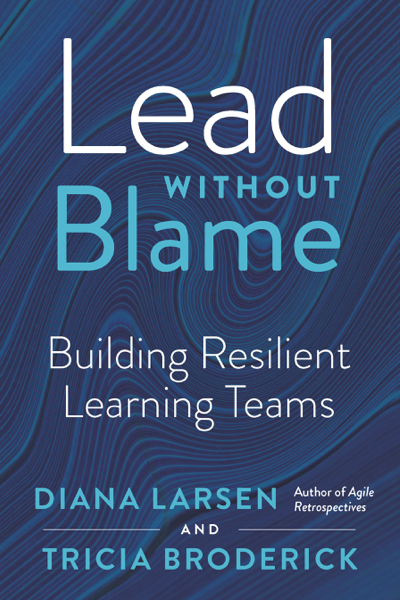I believe it was Agile 2010. I remember leveraging the law of two feet and leaving a session that I was finding not valuable. Given the time and wanting to not miss much more of another session, I decided to attend whatever session was in the next room. As a result, I do not remember the session title, the description or the speakers. So whoever you were, thank you for sharing this tool with me that I’ve adapted for a variety of purposes.
Purpose 1: What did we learn
Exercise Setup: I draw (attempt to draw) a shield onto flip chart paper. I draw two lines in the middle to cut the shield into 4 quadrants.
Exercise Instructions: Each person (or table of people) has to create one post-it note for each of these quadrants – Strength of Agile (you could replace this with any topic), Weakness of Agile (again topic independent framework), Hope of Agile, Fear of Agile
Instructor/Trainer: Review answers – adjust training to ensure strengths and weaknesses correct answers are highlighted.
End of training Exercise Instructions: Ask each person (table) to update their post-it with what they feel now is in each quadrant.
Typical exercise results: I find strengths/weaknesses either completely & correctly change or more refined/detailed answer is provided. For example, Speed – strength of Agile becomes often Speed to discovery value. I find Hopes and Fears change less but more detail is often added; which makes sense as this often has less to do with the training topic than the organizational issues.
Purpose 2: Personal Reflection
Often in a 1-1 or team meeting: I draw (attempt to draw) a shield onto flip chart paper. I draw two lines in the middle to cut the shield into 4 quadrants.
Exercise Instructions: Each person has to create a shield. They fill out for themselves as an individual (what is my Strength, What is my Weakness, What is my Hope, What is my Fear and at the bottom – list a motto they believe represents them.
Coaching: Review answers – things I look for:
- How reflective/deep did they go? Could these answers apply to anyone?
- Engage discussion on how each of these quadrants feeds other quadrants
- Engage discussion on how every individual will always have these quadrants
- Engage discussion on whether the motto aligns with the strength
- Engage discussion on whether the motto would be what others would say
- Engage discussion on whether others would know this shield’s answers
Later coaching: After a year, we repeat this exercise. Engaging for growth over the past year.
Typical exercise results: People often try to write a book – you get quick impressions from others that builds your reputation as a leader, what’s your top item (fits into the shield box). Those that struggle to reflect, will be high-level, help them dig deeper. Those that are tough on themselves, find understanding that all of these aspects helps you bring value.
Purpose 3: Are we a team
Often in a team meeting: I draw (attempt to draw) a shield onto flip chart paper. I draw two lines in the middle to cut the shield into 4 quadrants.
Exercise Instructions: Each person has to add a post-it for each quadrant – (what is our team’s Strength, What is our team’s Weakness, What is our team’s Hope, What is our team’s Fear and at the bottom – list a motto they believe represents our team.
Coaching: Review answers – things I look for:
- How reflective/deep did they go? Could these answers apply to any team?
- How similar/how different? Does the team have an identity? Does the team know each other enough to have an identity?
- Engage discussion on whether the motto aligns with the team’s strength
- Engage discussion on why having a team shield is valuable
Later coaching: After a year, we repeat this exercise. Engaging for growth as a team over the past year.
Typical exercise results: Most frequently, people realize that they don’t consider these elements of the team as a whole. They focus on individuals – which prevents true self-organizing high performing team collaboration. This will build awareness but if no other work is done over the year – growth will not magically happen.
How might you leverage a tool like this?





Thanks for sharing this past learning experience Tricia. This a wonderfully simple tool that I think I’ll get a lot of value from now that I know about it!
Thank you!